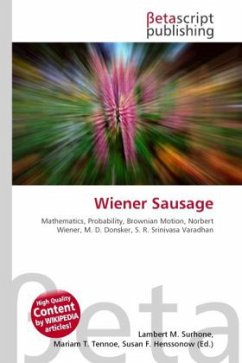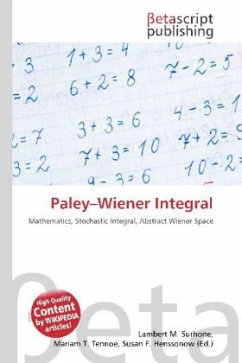High Quality Content by WIKIPEDIA articles! The Least mean squares filter solution converges to the Wiener filter solution, assuming that the unknown system is LTI and the noise is stationary. Both filters can be used to identify the impulse response of an unknown system, knowing only the original input signal and the output of the unknown system. By relaxing the error criterion to reduce current sample error instead of minimizing the total error over all of n, the LMS algorithm can be derived from the Wiener filter. Given a known input signal s[n], the output of an unknown LTI system x[n] can be expressed as: x[n] = sum_{k=0}^{N-1} h_ks[n-k] + w[n] where hk is an unknown filter tap coefficients and w[n] is noise. The model system hat{x}[n], using a Wiener filter solution with an order N, can be expressed as: hat{x}[n] = sum_{k=0}^{N-1}hat{h}_ks[n-k] where hat{h}_k are the filter tap coefficients to be determined.
Bitte wählen Sie Ihr Anliegen aus.
Rechnungen
Retourenschein anfordern
Bestellstatus
Storno








